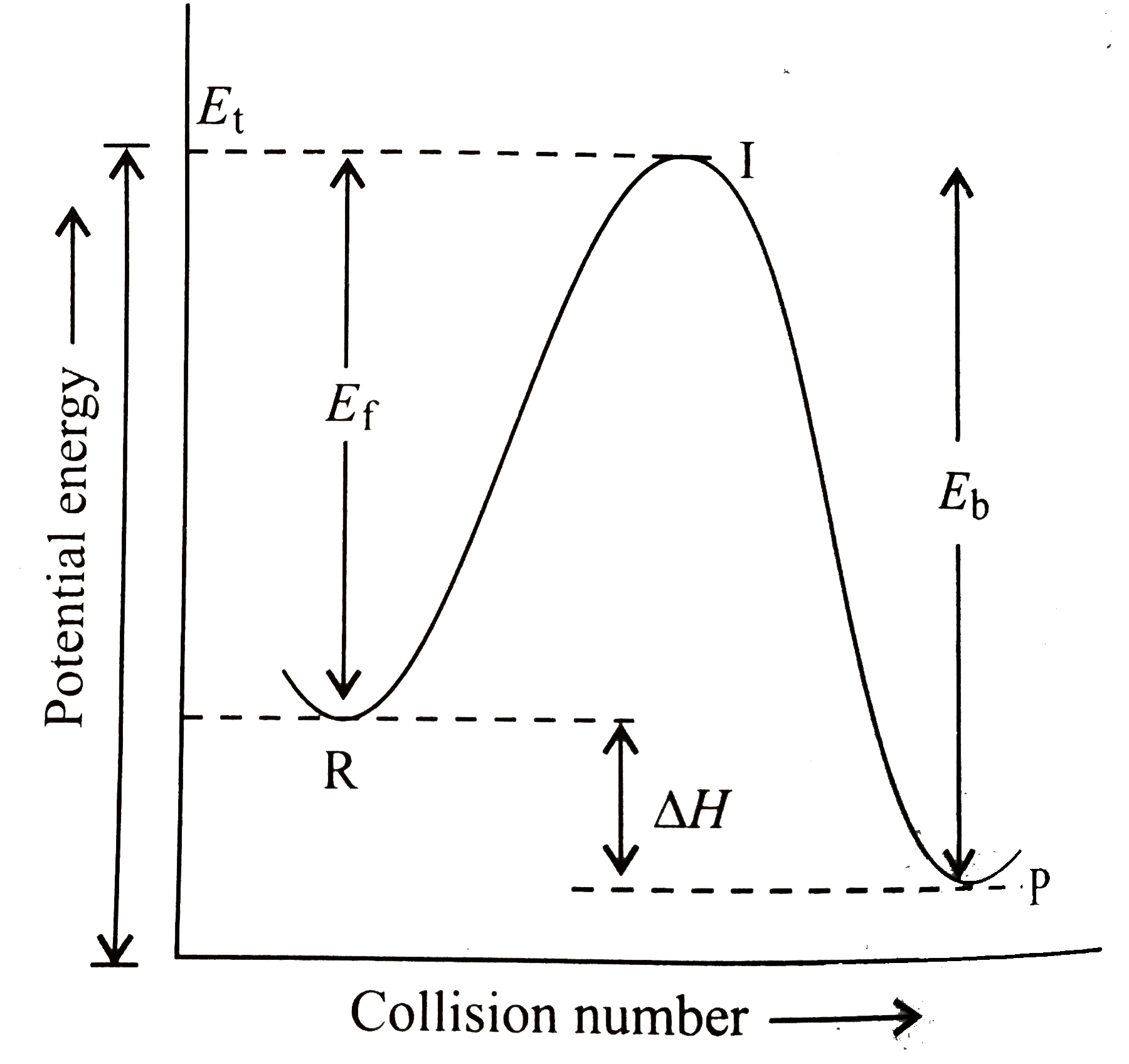For a first order reaction rate is given by , R=K[Reactant] where K=a.e−Eα/RT. Under what conditions will the rate of the reaction be smallest?
Low concentration of reactant, high temperature and low activation energy.
High concentration of raectant, low temperature and low activation energy.
Low cocentration of reactants, low temperature and high activation energy.
High concentration of reactant, low temperature and high activation energy.
The correct Answer is:C
Step by step video, text & image solution for For a first order reaction rate is given by , R=K[Reactant] where K=a.e^(-E_(alpha)//RT). Under what conditions will the rate of the reaction be smallest? by Chemistry experts to help you in doubts & scoring excellent marks in Class 12 exams.
Topper's Solved these Questions
- BOOK - GRB PUBLICATIONCHAPTER - CHEMICAL KINETICSEXERCISE - Mechanism of Reactions45videos
CHEMICAL KINETICS
- BOOK - GRB PUBLICATIONCHAPTER - CHEMICAL KINETICSEXERCISE - compllcatio in first order reactions17videos
CHEMICAL KINETICS
- BOOK - GRB PUBLICATIONCHAPTER - CHEMICAL KINETICSEXERCISE - E. Methods to Monitor the Progress of Reaction43videos
CHEMICAL KINETICS
- BOOK - GRB PUBLICATIONCHAPTER - CHEMICAL BONDING-IEXERCISE - Subjective Type120videos
CHEMICAL BONDING-I
- BOOK - GRB PUBLICATIONCHAPTER - COORDINATION COMPOUNDSEXERCISE - SBJECTIVE TYPE98videos
COORDINATION COMPOUNDS
Similar Questions
The rate constant is given by the equation k=P.Ze−EaRT. To increase the rate of reaction, which of the factor should decrease?
View SolutionA colliison between reactant molecules must occur with a certain minimum energy before it is effective in yielding Product molecules. This minimum energy is called activation energy Ea Large the value of activation energy, smaller the value of rate constant k. Larger is the value of activation energy, greater is the effect of temperature rise on rate constant k.

Ef= Activation energy of forward reaction
Eb= Activation energy of backward reaction
ΔH=Ef−Eb
Ef= threshold energy
The rate constant of a certain reaction is given by k=Ae−Ea/RT
(where A= Arrhenius constant). Which factor should be lowered so that the rate of reaction may increase?View Solution
Knowledge Check
- Question 1 - Select One
The dependence of the rate constant for a reaction on temperature is given by the equation k=Ae−EaRT Under what conditions is the rate constant k the smallest?
AHith T and large EaBHigh T and small EaCLow T and large EaDLow T and small Ea - Question 2 - Select One
The rate constant is given by the equation K=Ae−Ea/RT which factor should register a decrease for the reaction to proceed more rapidly:
ATBACA and TDEa - Question 3 - Select One
The rate constant is given by the equation k=P.Ze−Ea/RT. Which factor should register a decrease for the reaction to proceed more rapidly?
ATBZCEDpressure.
In Arrhenius equation k=Ae−Ea/RT), A is the value of the rate constant
View SolutionArrhenius equation k=Ae−Ea/RT
If the activation energy of the reaction is found to be equal to RT then,View SolutionIn a first order reaction A → B, if k is rate constant and initial concentration of the reactant A is 2 M then the half life of the reaction is:
View SolutionThe rate constant 'K' for pseudo first order reaction is
View SolutionRate of a reaction can be expressed by Arrhenlus equation, k=Ae−Ea/RT. Here, E is
View Solution

